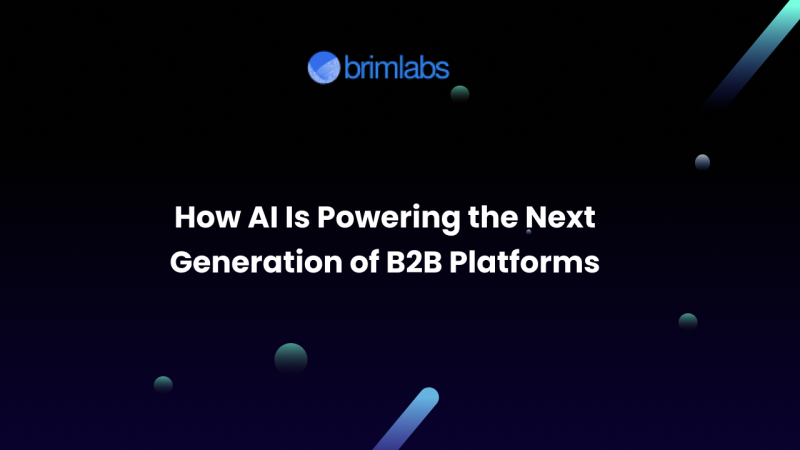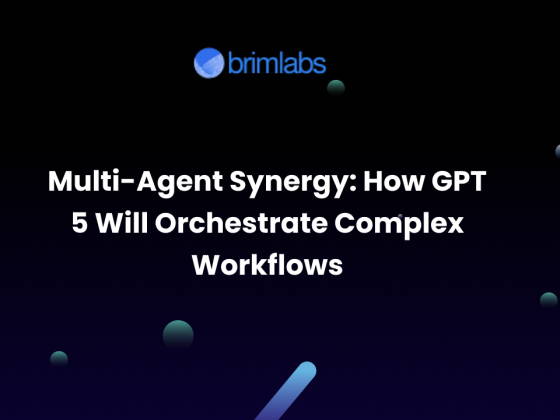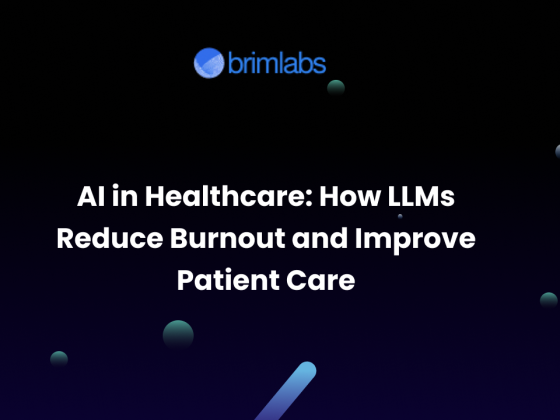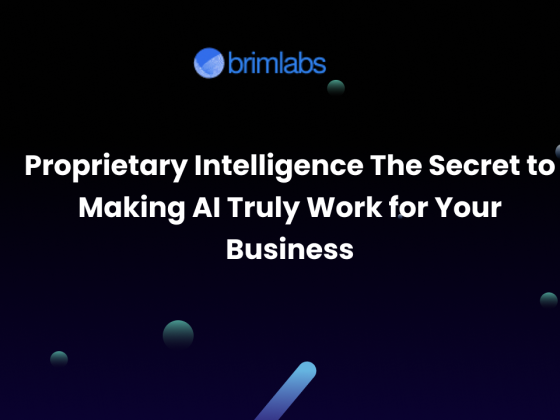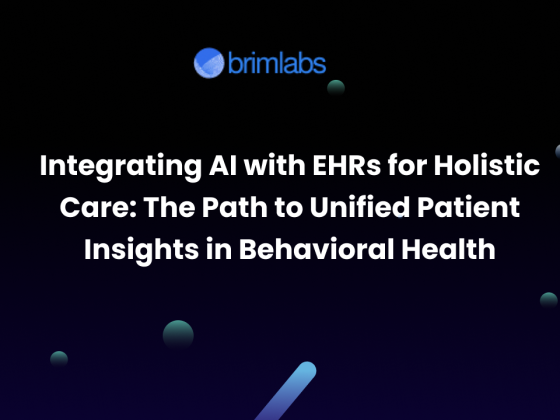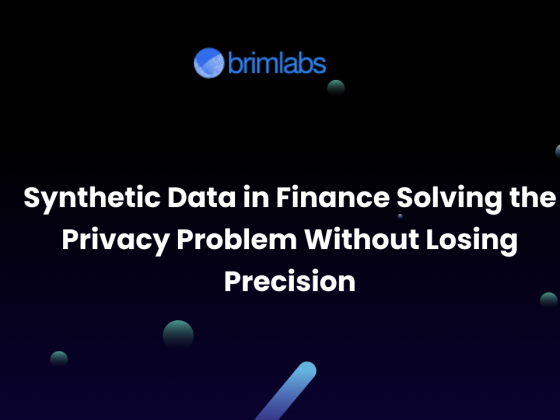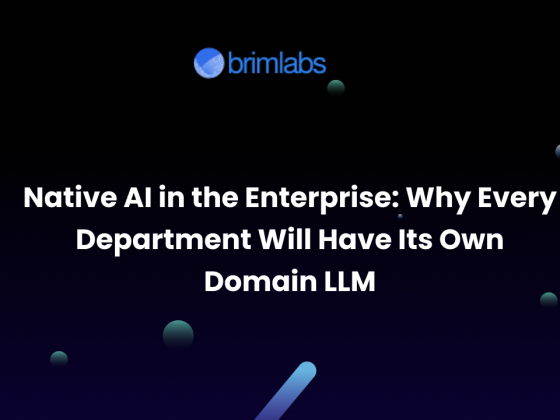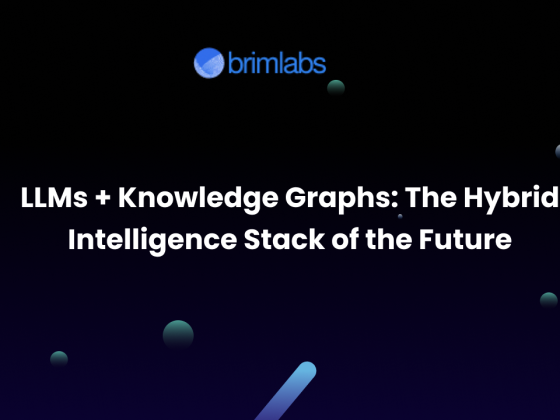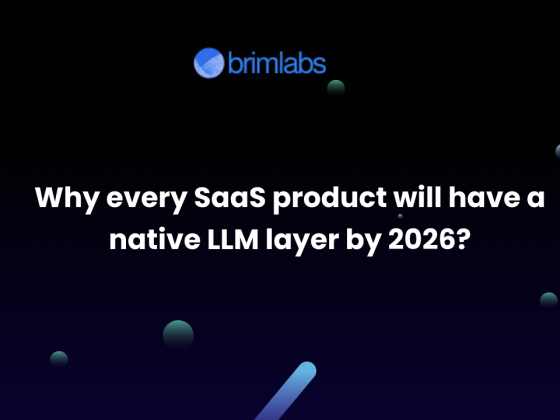The B2B marketplace is undergoing its most profound transformation in decades. What once were static portals for catalogs and purchase orders are becoming intelligent ecosystems that can sense market shifts, predict needs, and execute actions with minimal human intervention.
This is not just technological hype. Global B2B e-commerce is projected to reach $32 trillion in 2025, with analysts expecting it to surpass $60 trillion by 2030. Meanwhile, 78% of organizations now use AI in at least one business function, and 92% of executives plan to increase AI investment within the next three years. This is the context in which AI-powered B2B platforms are emerging, and they are reshaping how deals are sourced, negotiated, fulfilled, and maintained.
From Static Workflows to Intelligent Orchestration
The early wave of B2B platforms digitized transactions. You could search, order, and track online, but the process still relied heavily on human intervention. The second wave is layered analytics and partial automation.
The current wave is AI-native, designed from the ground up to learn from every transaction, adapt to individual buyers and sellers, and make compliant business decisions at scale. These platforms are no longer just tools; they are self-improving business systems.
How AI Is Transforming the B2B Playbook
1. Predictive and Contextual Matching
Instead of manually searching thousands of listings, AI algorithms now analyze historic purchasing data, live market signals, and supplier performance history to deliver curated, compliant, and competitive matches.
Example: Udaan, a leading Indian B2B eCommerce platform, uses a machine learning + Bayesian ensemble model to predict buyer behavior. This approach delivered a 3× increase in customer order rates, directly improving revenue efficiency.
2. Autonomous Negotiations and Dynamic Pricing
LLMs can now conduct multi-round negotiations within pre-defined business rules. They factor in real-time inventory, competitor pricing, seasonality, and margin thresholds.
Impact: Studies show dynamic pricing can lift margins by 4–8% while increasing win rates. For a $200M revenue business, that’s $8M to $16M in additional annual contribution.
3. Supply Chain Intelligence
AI-driven forecasting models combine supplier lead times, logistics constraints, and macroeconomic indicators to proactively prevent disruptions.
Example: Toro, a global equipment manufacturer, uses AI to monitor tariffs, trade data, and geopolitical events, enabling it to maintain just-in-time inventory without sacrificing resilience. AI in supply chain software is expected to grow from $2.7B in 2025 to $55B by 2029.
Impact: AI can reduce forecast errors by 20–50% and cut inventory levels by up to 30%, freeing millions in working capital.
4. Hyper-Personalized Buyer Journeys
B2B buyers expect B2C-level personalization. AI can now recommend products, suggest complementary SKUs, and pre-populate orders based on past behavior, budget cycles, and procurement policies.
Example: Generative AI in marketing and sales personalization has been linked to 20% higher customer satisfaction and a 30% reduction in acquisition costs for companies like Ada Support, which automates buyer interactions while keeping humans for high-value cases.
5. Compliance and Risk Automation
For regulated industries like healthcare and manufacturing, AI can read contracts, detect non-compliant clauses, and automate risk scoring, turning weeks of manual review into minutes.
Example: The FinRobot framework, using generative AI agents in ERP workflows, reduced processing time by 40%, cut error rates by 94%, and improved regulatory compliance across finance functions.
6. Conversational and Multi-Agent Interfaces
Instead of navigating multiple dashboards, users can interact with a conversational AI that coordinates specialized agents for vendor vetting, shipment tracking, invoice matching, and dispute resolution, creating a single, intelligent interface.
The Measurable Payoff
AI-powered B2B platforms are not just about convenience; they deliver hard, quantifiable results. Deal cycles that once took weeks can now be closed in a matter of days. Precision matching between buyers and suppliers consistently lifts quote-to-order conversion rates by five to ten percent, ensuring more opportunities turn into actual revenue. Dynamic pricing capabilities typically drive a four to eight percent increase in margin, directly boosting the bottom line.
On the operational side, AI-driven forecasting improves accuracy by twenty to fifty percent, enabling smarter purchasing decisions and reducing inventory levels by twenty to thirty percent, freeing up significant working capital. In finance operations, accounts payable processing costs, which often average around ten dollars per invoice, can drop to about three dollars with automation, resulting in substantial annual savings.
These improvements compound across the business, creating both immediate cost reductions and long-term competitive advantages.
Real-World ROI Scenarios
- Revenue Lift: A 5% margin improvement on $200M revenue = $10M/year.
- Cost Efficiency: Automating AP from $10 to $3 per invoice over 300,000 invoices saves $2.1M/year.
- Working Capital: Reducing inventory by 20% on $50M holdings frees $10M in liquidity.
Risks and How to Mitigate Them
- Dirty Data: Invest early in master data management to ensure trust in AI outputs.
- Unclear Policies: Agents must have explicit thresholds and decision rules.
- Shadow Processes: Retire legacy workflows that bypass the AI system.
- Over-Automation: Keep humans in approval loops for high-impact or novel cases.
- No Measurement: Tie every automation to measurable KPIs from day one.
A Practical AI Rollout Path
Weeks 1–2: Map data sources, define policies, capture events from ERP/CRM.
Weeks 3–4: Deploy procurement copilots and unified search across products, orders, and policies.
Weeks 5–6: Launch first agents (quote creation, invoice matching) with clear dashboards.
Weeks 7–8: Closed-loop pilot in one category with human approvals.
Weeks 9–12: Scale to negotiation, risk scoring, and fulfillment; add observability and compliance checks.
How Brim Labs Is Building the Future
At Brim Labs, we design and deliver AI-native B2B platforms that move beyond automation to intelligent orchestration. Our multi-agent architectures, LLM-powered negotiation tools, and AI-driven supply chain systems are built with measurable outcomes, governance, and speed.
From procurement transformation to autonomous finance agents, we’ve helped clients compress timelines, lift margins, and unlock millions in operational efficiency. And we back our delivery with a 100% money-back guarantee if we don’t meet agreed results.
The takeaway: AI-powered B2B platforms are no longer experimental. They’re here, they’re proven, and they’re shaping the competitive edge of tomorrow’s market leaders. The question isn’t if you’ll adopt, it’s how fast you can get there.
Talk to Brim Labs to explore your AI transformation roadmap.

